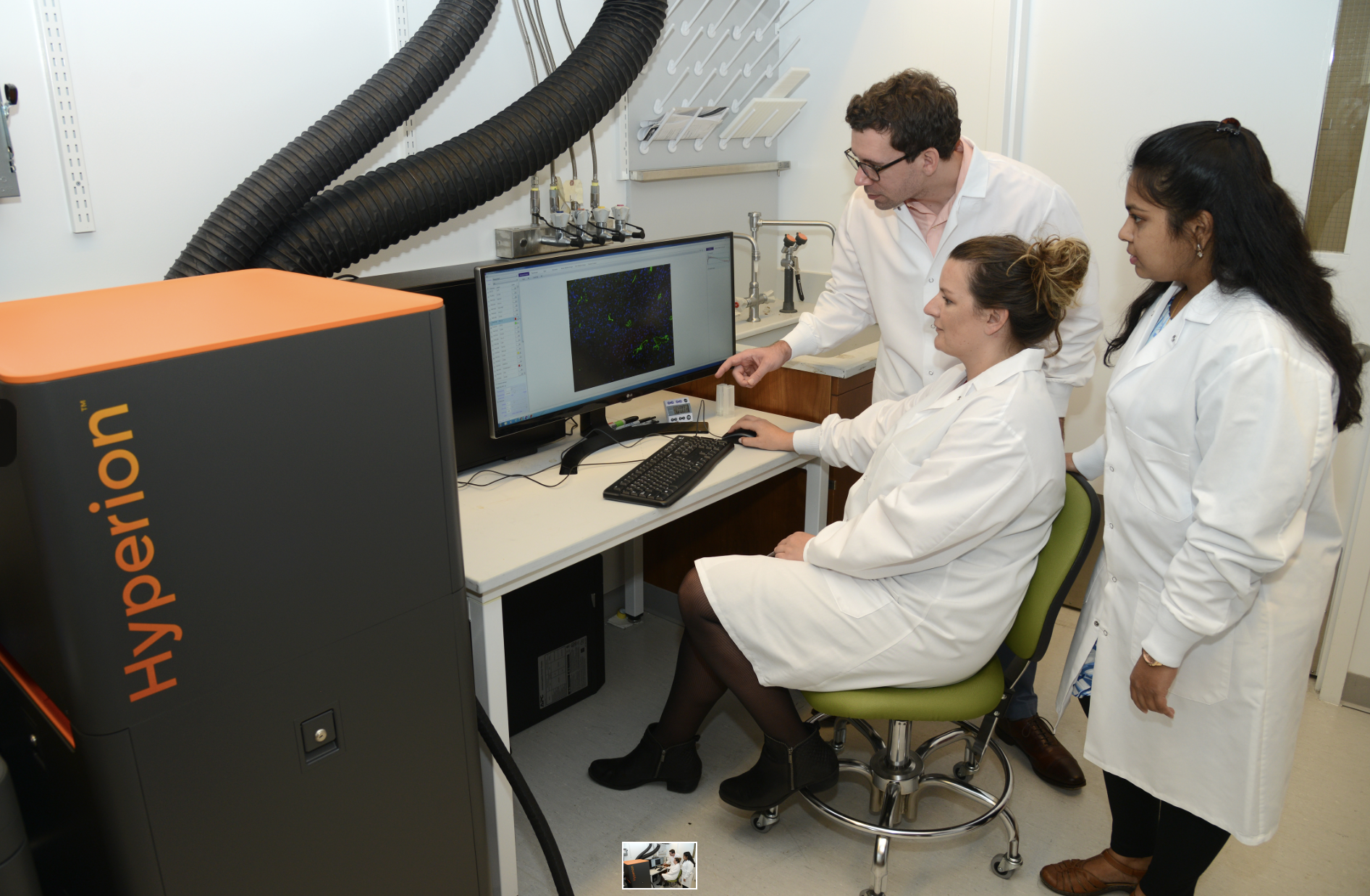
At the Englander Institute for Precision Medicine (EIPM), we use genomic information to help provide the right treatment to the right patient at the right time. This information is often generated for oncology patients using Next Generation Sequencing (NGS) to quickly and accurately sequence many genes at once.
A new manuscript, “The Role of Next-Generation Sequencing in Precision Medicine: A Review of Outcomes in Oncology,” published in the Journal of Personalized Medicine by collaborators from the Division of Health Informatics in the Department of Healthcare Policy and Research, the Division of Medical Oncology, and Institute for Computational Biomedicine, explores the two main barriers in the growth of NGS technology in precision medicine for oncology.
“In this manuscript, we discuss the early findings of the impact of next-generation sequencing on cancer patient outcomes and investigate why not all patients with genomic variants linked to a specific therapy receive that therapy and describe current barriers,” note the authors. “We explore the current state of health insurance coverage for individual genome sequencing and targeted therapies for cancer. First, can the widely reported high percentage of actionable mutations in cancer cohorts translate into better patient outcomes? Second, should insurers cover the cost of genomic sequencing and sequencing-matched therapies, particularly in off-label settings?”
“Our review of the literature indicates increasing evidence for positive outcomes of precision medicine,” said EIPM Director Olivier Elemento, Ph.D. “While not all clinical trials demonstrate positive outcomes, many do.”
The manuscript concludes with specific recommendations. “Based on our analysis, we recommend increased transparency around the determination of “actionable mutations” and a heightened focus on investigating the variations in health insurance coverage across patients receiving sequencing-matched therapies.
“With increasing drug costs, the economic rationale for precision medicine and prescribing the right drug to the right patient at the right time is becoming clearer,” added Dr. Elemento.
# # #
